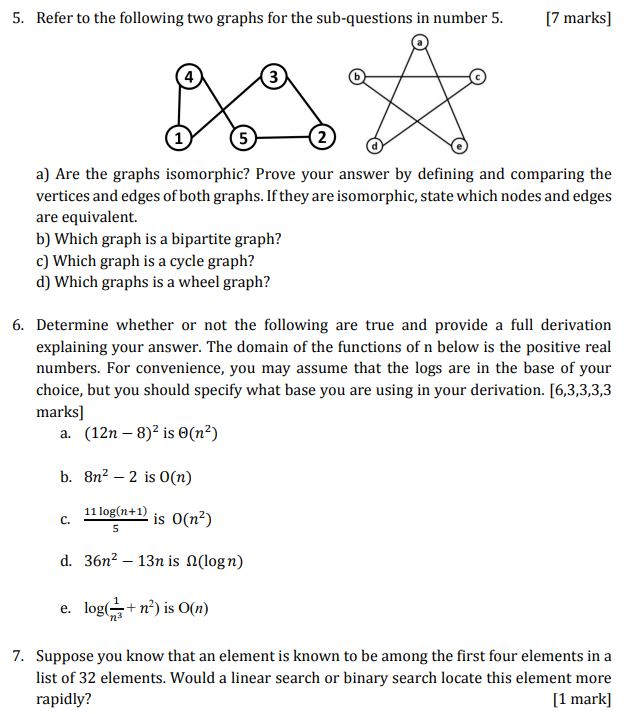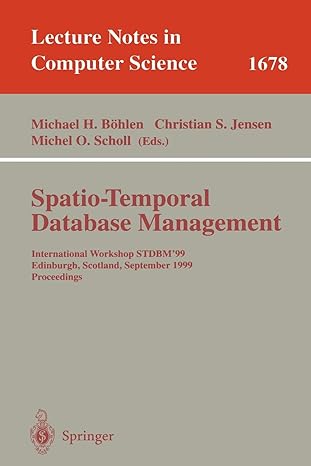Answered step by step
Verified Expert Solution
Question
1 Approved Answer
Refer to the following two graphs for the sub-questions in number 5. a) Are the graphs isomorphic? Prove your answer by defining and comparing the
Refer to the following two graphs for the sub-questions in number 5.
a) Are the graphs isomorphic? Prove your answer by defining and comparing the vertices and edges of both graphs. If they are isomorphic, state which nodes and edges are equivalent.
b) Which graph is a bipartite graph?
c) Which graph is a cycle graph?
d) Which graphs is a wheel graph?

Step by Step Solution
There are 3 Steps involved in it
Step: 1

Get Instant Access to Expert-Tailored Solutions
See step-by-step solutions with expert insights and AI powered tools for academic success
Step: 2

Step: 3

Ace Your Homework with AI
Get the answers you need in no time with our AI-driven, step-by-step assistance
Get Started


